Lux: New Wave of Contemporary Art – 180 Studios, London
A review of Lux, an exhibition focusing on digital art about light and perception. The ultra-cool space at 180 The Strand hosts another cutting edge show with plenty of Insta-friendly works.
Lux at 180 Studios
The exhibition space at 180 Studios on the Strand was, for me, a post-lockdown discovery. I came here for the first time in the summer to see an exhibition of works by Ryoji Ikeda. This venue is 100% perfect for cool, cutting-edge art. The fact that it’s still very obviously an office building basement lends an industrial chic. And there is plenty of room down there, which is good for the sort of immersive art which many contemporary artists are experimenting with. Lux would have trouble fitting into many other London spaces, either aesthetically or physically.
Rather than the monographic exhibition we saw last time at 180 Studios, Lux is a curated exhibition of work by different artists. What they have in common is their focus on light and perception. In fact, as the title would suggest, light is at the forefront in all 13 works. A question I had going into the exhibition was: is light at the heart of all digital works by default? As in, because they are on screens and projected using light? I don’t quite know if I answered this question by the end of the exhibition, but let’s explore that a bit later and you can see for yourself.
What is certain here is the pace of change when it comes to digital art. I have long been a video art refusenik. I like to go at my own pace, and don’t like artworks that make specific demands on my time. But in Lux, many of the works were so interesting that I sat and watched from start to finish. You can see almost in real time how technologies like neural networks or software to build algorithms are being democratised and are available to artists to experiment with.
Art Of/About The Future
Lux consists of 13 self-contained digital works of art. The physical space of 180 Studios makes it a little confusing to navigate. Each artwork is in its own red-curtained area, which you switch between as best you can in the dark basement corners. Several people are employed just to say “The next one is over there” and make sure you don’t wander off. This all feels quite fun though, and often you can hear a work before you see it.
I would broadly divide the artworks in Lux into two categories. Firstly there are those which are about the technology itself. A walking figure whose surface erupts into different textures every 10 seconds or so. A time lapse peony repeatedly blooming. The descriptive panels go into detail about the concepts underlying these sequences, but ultimately they felt more aesthetic to me.
Secondly there are the works which reveal the artist’s (our?) vision for or anxiety about the future. A neural network which predicts a garden hidden for its own safety. A surreal amusement park where the descriptive panel talks about “…the condition of modern life that leaves the future an empty husk.” Or an attempt to explore the Black psyche through the metaphysical in order to break through current societal, personal and environmental challenges. Then there is a work which starts out being about Byron and ends with a ‘scorched sky’ thing which is way too reminiscent of The Matrix.
I think what Lux reveals with this duality is our ambivalence about technology and the digital space generally. Does it represent boundless possibility and setting us free from constraints? Does it accelerate or highlight the danger we are in due to the Climate Emergency and social dysfunction? Or is it both? The visitor to Lux can explore this question in detail and make up their own mind, spending time in front of the artworks which most resonate with them.
Lux. Luxuriate. Flux. Deluxe.
I have a fair amount of anxiety about the future and often prefer art I can enjoy for its aesthetic qualities, so I tended towards the former set of works. One of my favourites was the one I mentioned with the walking figure and different textures. Transfiguration, by Universal Everything, is transfixing. I watched a full cycle of this giant turning from stone to flowers to fire to… almost anything you can think of. In a similar vein, there was Cao Yuxi’s Shan Shui Paintings By AI. Cao has taken data from Asian ink paintings and created an AI and an algorithm which can ‘draw’ without restrictions. The pixels flow, gather and swarm, but there’s still something unmistakable there that is related to the original, hand-drawn works. The effect is beautiful.
On the more conceptual side, Black Corporeal (Breathe) by Julianknxx is powerful, calming yet also challenging. This is the work about the relationship between materiality and the Black psyche. A choir keep up a continual refrain, encouraging us to focus on the act of breathing and all that it can mean. The one about the neural network and the garden, This is the Future by Hito Steyerl, was also a standout for me. There is something about things which are almost human which fascinates humans, and this was probably the longest we spent in front of any work, watching the neural network’s ‘predictions’ of flowers, fish, canal rides through Venice and Stonehenge itself.
If you are already interested in digital art or want to learn more about the current digital art scene, then this is a great exhibition to see. It’s varied, looks great, requires the right amount of brain power, and you feel quite cool going down into an underground space to see it. I look forward to making 180 Studios a regular fixture on my cultural calendar!
Salterton Arts Review’s rating: 3.5/5
Lux on until 18 December 2021
If you see this after your page is loaded completely, leafletJS files are missing.

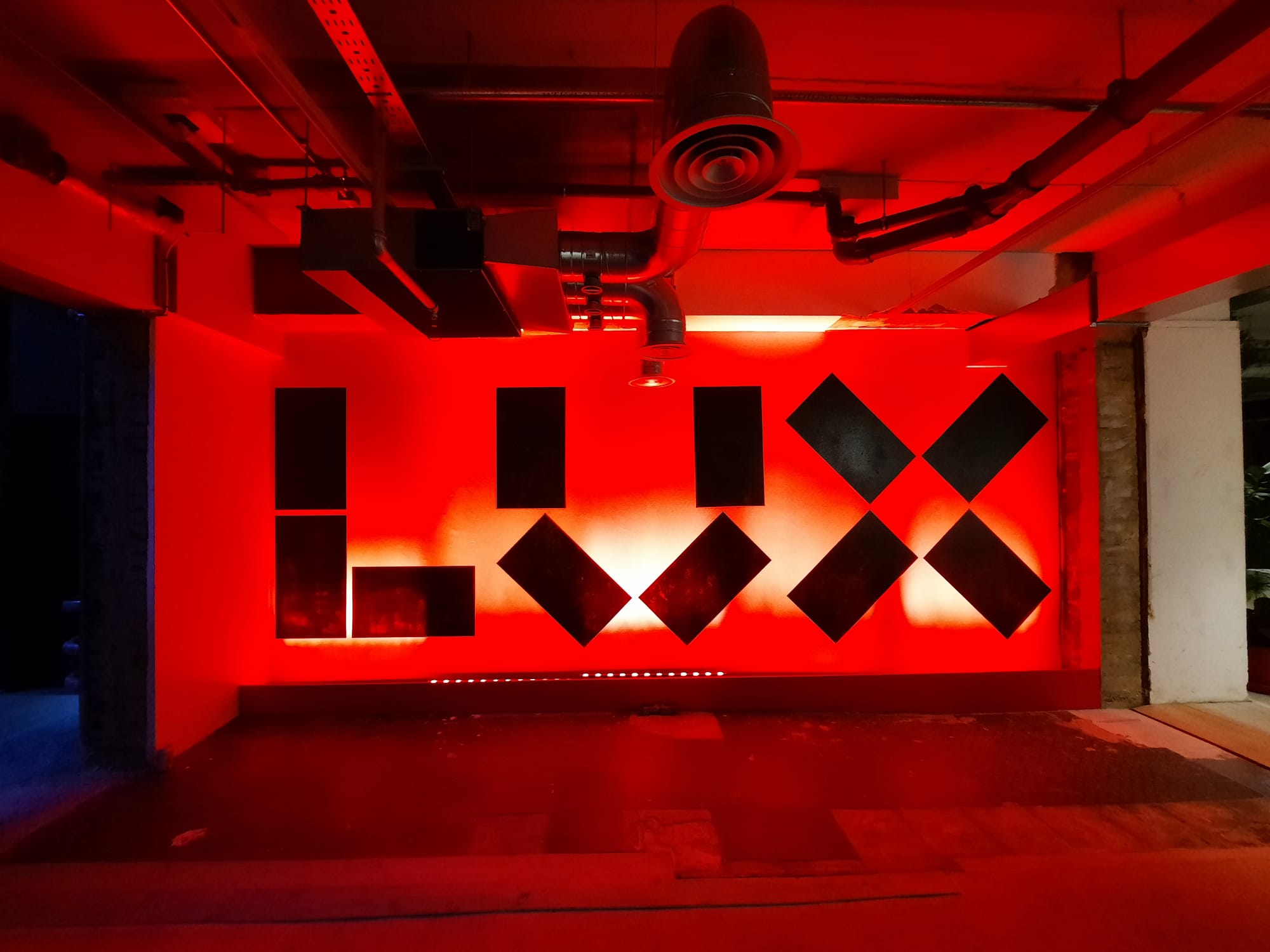
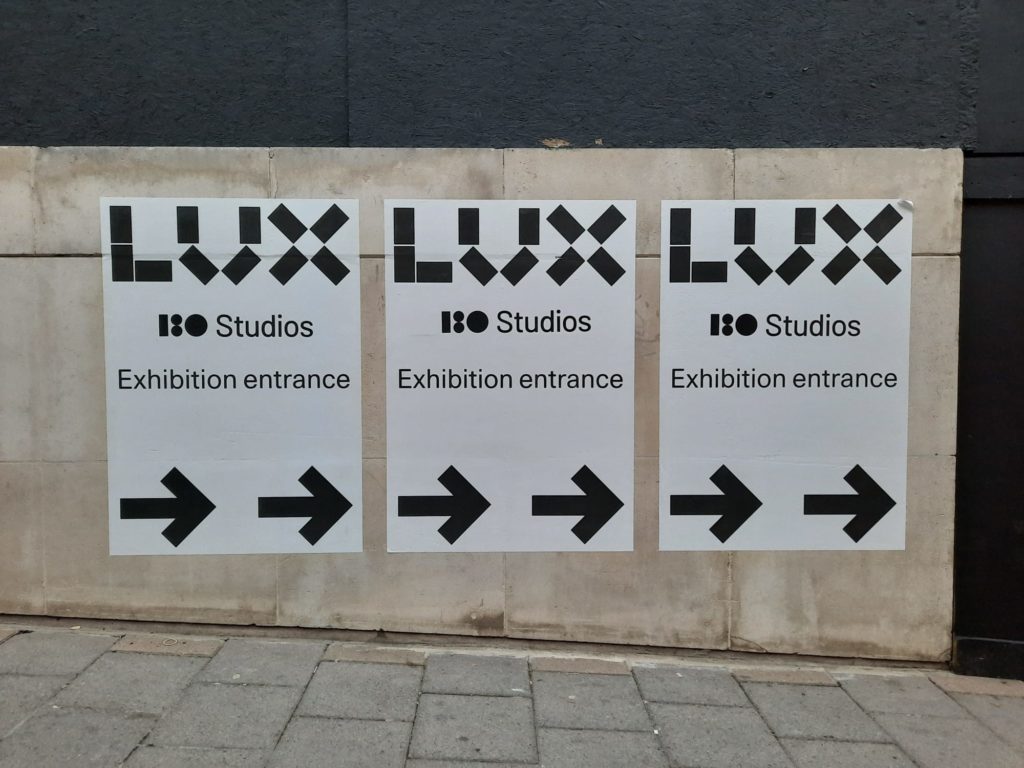
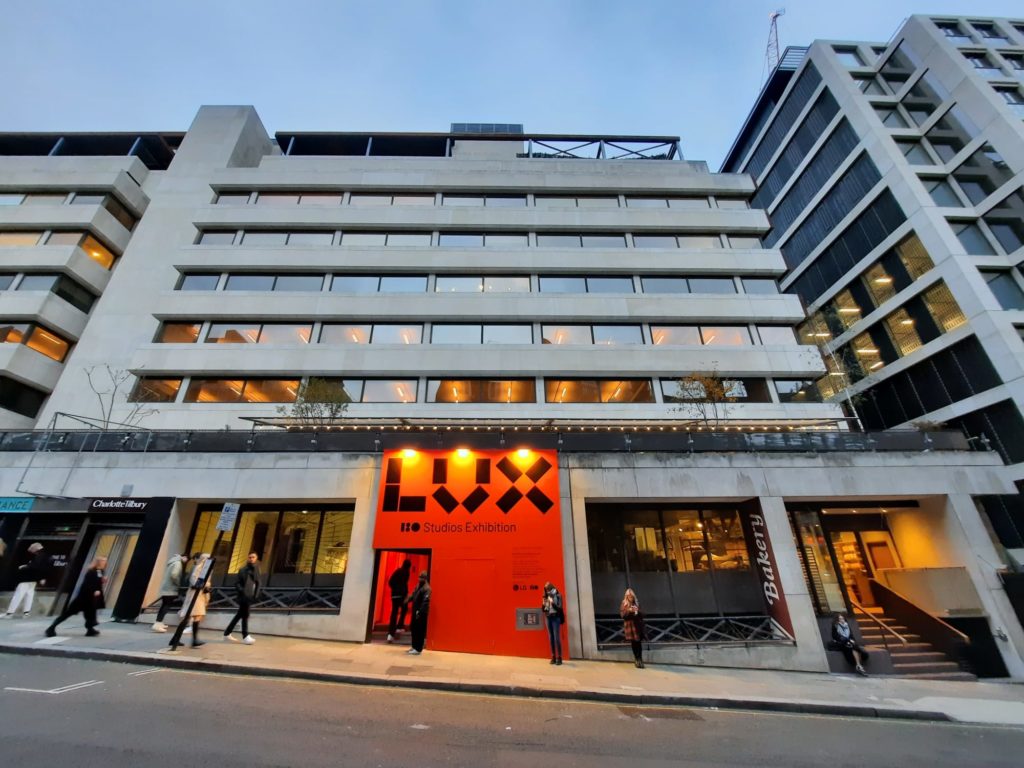
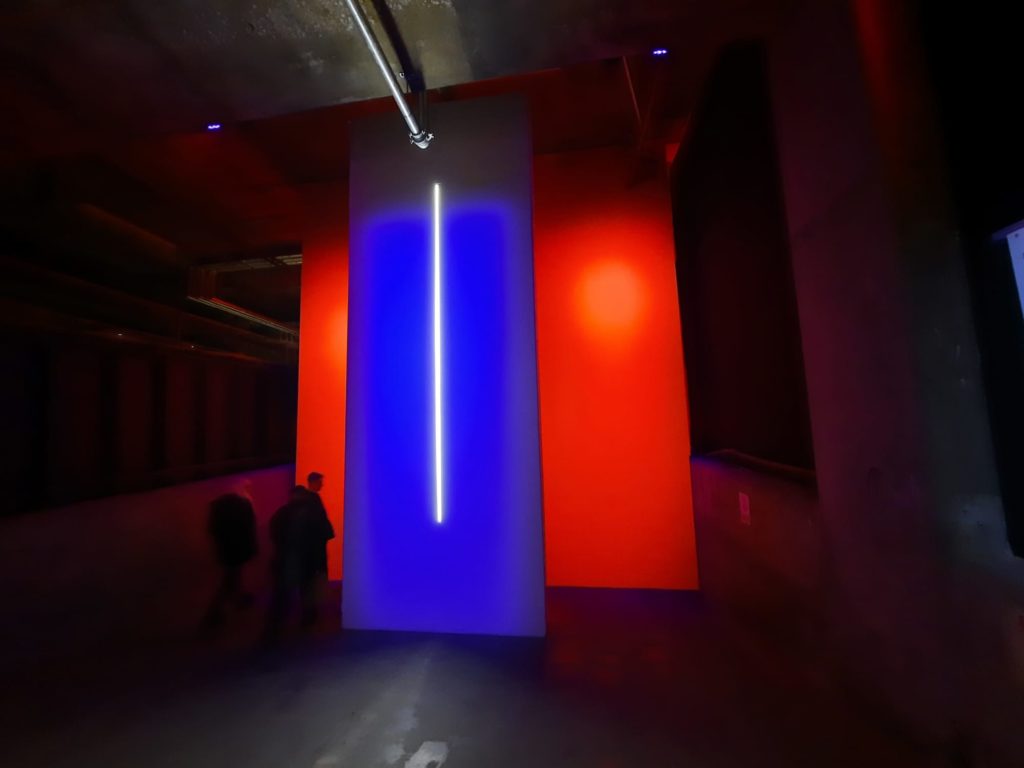
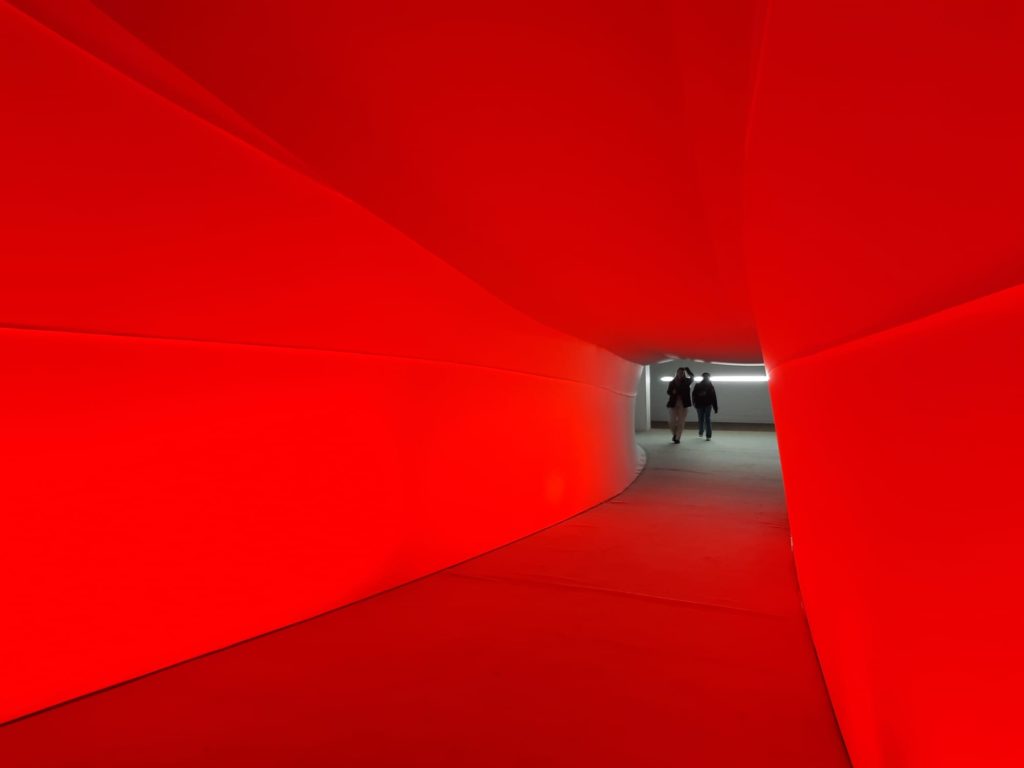
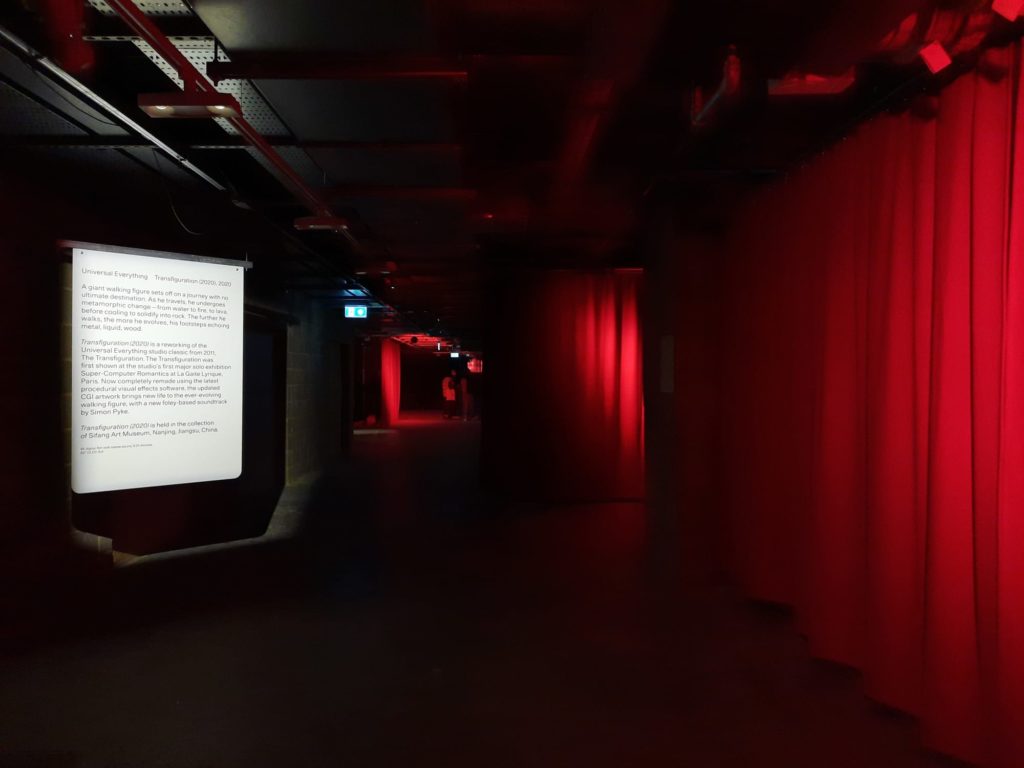
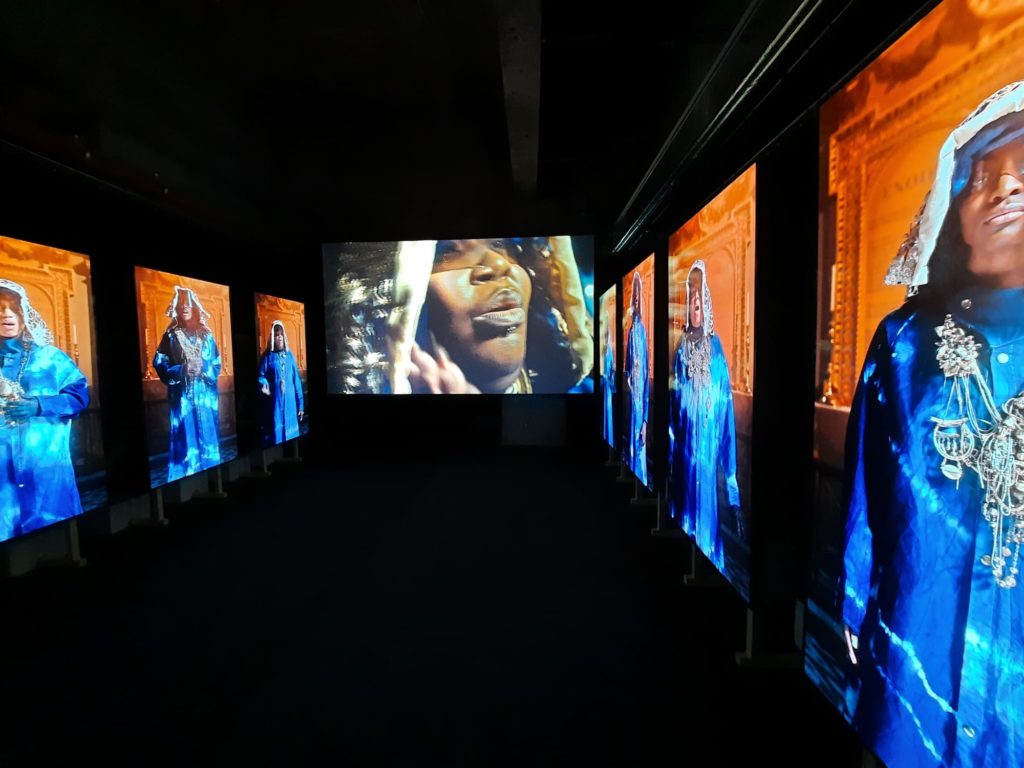
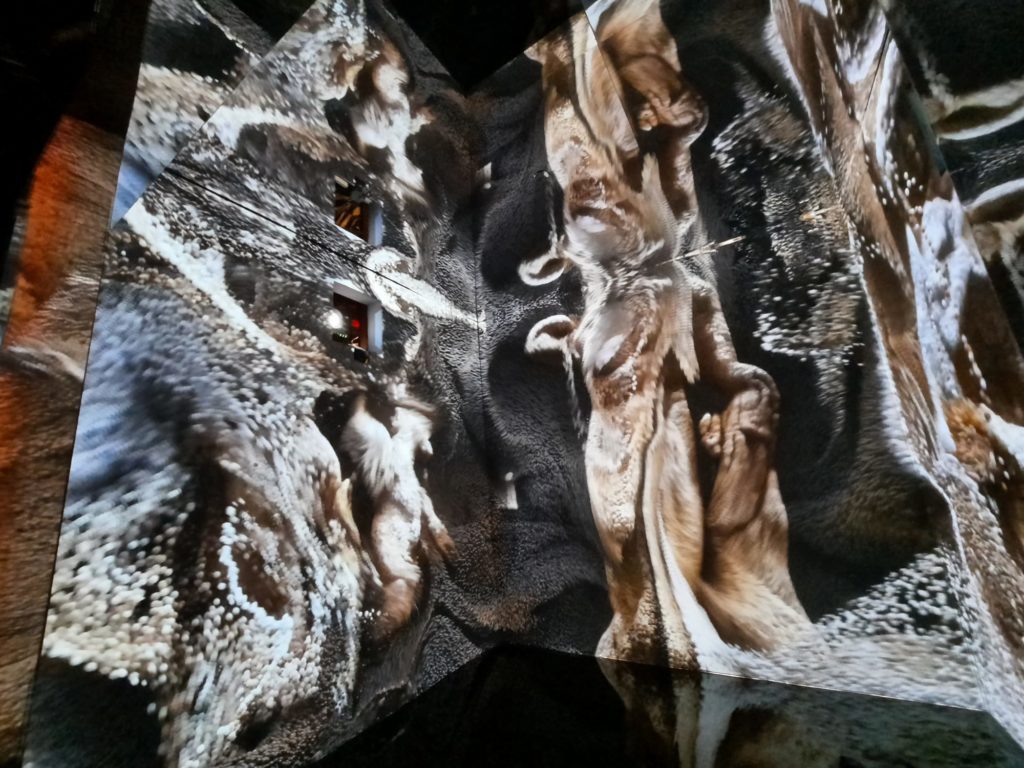
Finally, a review that voices my thoughts entirely! I agree with every word 🙂